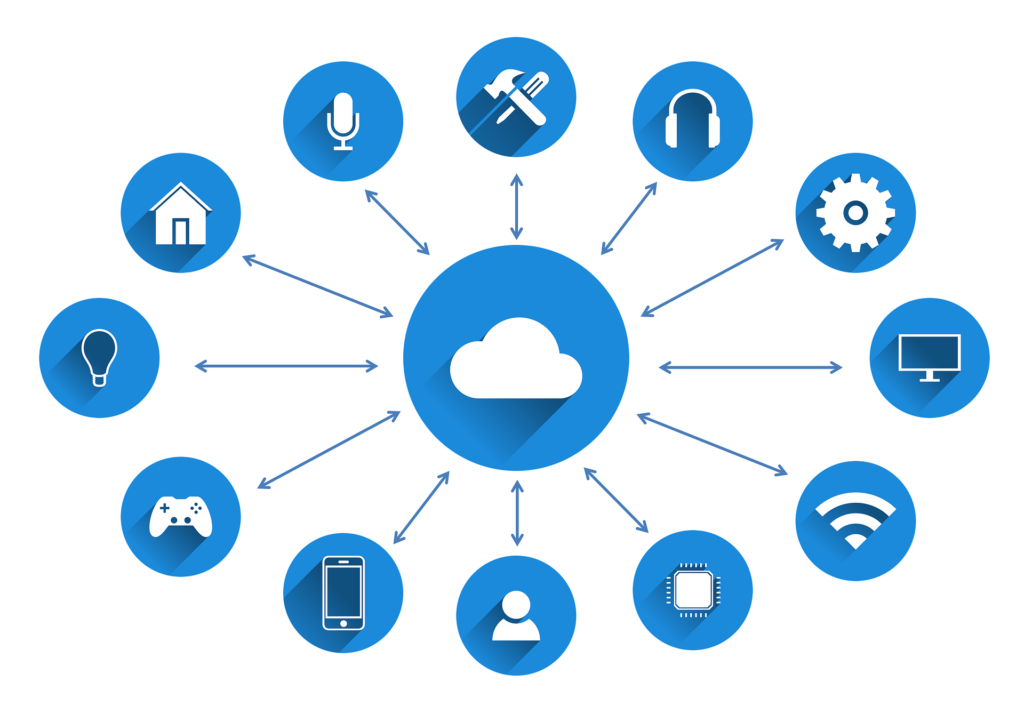Cloud computing is an ever-evolving organism, which spins out new trends and technologies every now and then. With such high versatility comes a high number of options, which often cause headaches for technologists. With the projected growing adoption of cloud, expectations, and the necessity to find the best solutions will only grow as companies try to remain competitive.
As reported by Forbes, almost half of IT spending in the year 2018, was on cloud-based services and this is predicted to reach 60% of all IT spending and 60-70% of all software, services and technology speeding by 2020. Thus it becomes necessary to pay attention to cloud demands, while also keeping an eye on evolving technologies to better use it to fulfill business needs. In this article, we will see some of the technologies that have the potential to trend in the cloud computing domain in 2019.
- Increase in the number of Cloud services and Solutions – With the continuous increase in cloud offerings by various companies, and
as new business needs arise, it is safe to assume that we will see new flavors of cloud services. The above quoted Forbes report provides an interesting perspective,
a. Software-as-a-service (SaaS) is pegged to grow at an 18% CAGR by 2020.
b. Similarly, investments in platform-as-a-service (PaaS) is pegged to grow from 32% in 2016 to 56% by the end of this year, 2019.
c. Also, infrastructure-as-a-service (IaaS) is pegged to reach $72.4 billion
Keeping the above trends in mind, it is safe to assume that the cloud platform and domain is set to grow to give users newer options in the form of newer services and solutions.
2. Hybrid cloud will take the center stage as opposed to the current norm of ‘one cloud fits all’ – Businesses are more likely to be working with at least 6 different cloud service providers as stated by Forbes. Also, an IBM report states, 20% of business processes have moved to the cloud, whereas, there is still a potential of moving the other 80% of business processes which are mainly mission-critical workloads and sensitive data based, and are still running on-premises due to regulatory and performance requirements.
Although it is possible that most processes move to the cloud, companies might not want a business critical process to run on the public cloud, and will still be having their processes running on data centers and private clouds. With such a scenario, a hybrid cloud architecture will take the center stage, where businesses will try to reap maximum benefits with a hybrid multi-cloud architecture, which will combine, public, private and on-premises data centers or a multi-vendor system using services of more than one cloud provider (AWS, Azure, Google, IBM etc.).
3. Cloud security will start getting serious thoughts – With the increase in cloud adoption, businesses will need to start giving cloud security a serious thought. Also, with the introduction of the General Data Protection Regulation (GDPR), businesses need to ensure they are compliant to ensure uninterrupted work, and with the complexities of having such a technical transformation, companies will find it a difficult task to ensure that their data is fully GDPR compliant.
According to Gartner, as stated by Forbes, “Through 2020, 99% of vulnerabilities exploited will be known to security and IT professionals for at least one year. With the increased adoption of a hybrid cloud model, new risks and vulnerabilities will be introduced which could be due to a lack of consistent management, control and adequate checks for access management in place. One way to alleviate the security fear is to start incorporating security in development, right from the initial stages and making security move alongside development.
4. Applications will start becoming serverless – With the promise of making the time-consuming process of infrastructure provisioning and management, the serverless option holds tremendous power and is likely to be a growing reason for cloud adoption. Businesses will start having quicker application releases, less overhead involving infrastructure and fewer pains of infrastructure management. Also, the traditional approach of software release and management will have to be overhauled, with more focus given to serverless computing, managing APIs and SLA.
With more than 20% of global businesses having adopted serverless computing adopted by 2020 as per Gartner, it is imperative for businesses to start developing skills in support and management of serverless computing-based applications.
5.
Conclusion
Cloud computing is set to grow at rapid pace, and with the introduction of newer services, the landscape is only posed to become ever more exciting.
Is your business ready to start leveraging the power of cloud? Feel free to reach us out to discuss how we can make your business ready to use the power of the cloud at solutions@anant.us




